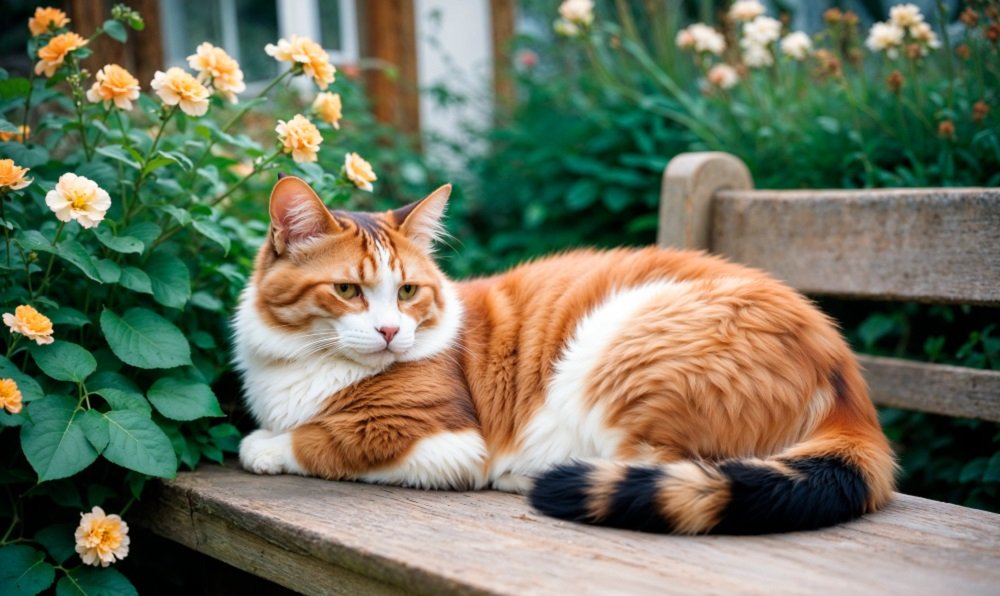Understanding the reproductive potential of cats is crucial for responsible pet ownership. Knowing how many kittens an unspayed female cat can produce can help individuals make informed decisions about spaying and neutering their pets, ultimately contributing to the well-being of both cats and the community.
How Many Kittens Can One Unspayed Cat Produce?
An unspayed female cat, also known as a queen, can have a remarkable number of kittens throughout her lifetime. On average, a single queen can produce up to 10 litters per year, with each litter containing 4 to 6 kittens.
Factors Affecting Litter Size
Several factors can influence the number of kittens in a litter, including:
- Age and Health of the Cat
- Breed
- Nutrition
It’s important to note that these are just averages, and individual cats may have more or fewer kittens.
How Many Cats Can One Unspayed Cat Produce?
The reproductive capacity of cats is astounding, and the potential for population growth is significant when cats are not spayed or neutered. Understanding the reproductive cycle of a female cat and the factors influencing litter size is crucial for responsible pet ownership and population control.
The Feline Reproductive Cycle
Female cats, known as queens, experience a natural estrous cycle, which is similar to a menstrual cycle in humans. However, unlike humans, cats do not have a fixed monthly cycle. Instead, their cycles are influenced by daylight hours and can vary in length from two to three weeks.
Heat Cycles
During a heat cycle, a queen will exhibit signs of being in heat, such as vocalization, restlessness, rolling on the ground, and rubbing against objects. This behavior is driven by hormonal changes that make her receptive to mating. (See Also: How Much Color Can Cats See)
Gestation Period
If a queen mates during her heat cycle, she will become pregnant. The gestation period for cats is approximately 63 days, or about nine weeks.
Litter Size
The average litter size for a queen is between four and six kittens. However, litter size can vary depending on several factors, including the cat’s age, breed, nutrition, and overall health.
Calculating Potential Offspring
A single unspayed female cat can produce a staggering number of kittens in her lifetime. Here’s a simplified example:
- A queen goes into heat every two weeks.
- She has an average litter size of five kittens.
- She successfully reproduces for five years.
Even with these conservative estimates, a single unspayed cat could potentially produce over 100 kittens in just five years.
The Impact of Unspayed Cats
The uncontrolled breeding of cats can have significant consequences for both animal welfare and public health.
Overpopulation
Unspayed cats contribute to the overpopulation of cats, leading to a surplus of animals in shelters and on the streets. This overpopulation puts a strain on resources and can result in euthanasia of healthy cats.
Disease Transmission
Unspayed cats are more likely to contract and transmit diseases, such as feline leukemia virus (FeLV) and feline immunodeficiency virus (FIV). These diseases can be spread to other cats, as well as to humans in some cases. (See Also: How Do You Keep Cats Out Of Your Plants)
Environmental Damage
Outdoor cats can prey on native wildlife, disrupt ecosystems, and contribute to the spread of invasive species.
Responsible Pet Ownership: Spaying and Neutering
Spaying and neutering are essential for responsible pet ownership. These procedures permanently prevent pregnancy and reduce the risk of certain health problems in cats.
Benefits of Spaying and Neutering
- Prevents unwanted pregnancies and reduces overpopulation.
- Eliminates heat cycles and associated behaviors.
- Reduces the risk of certain cancers, such as mammary cancer and testicular cancer.
- Can improve behavior by reducing aggression and territoriality.
- Contributes to public health by reducing the spread of diseases.
Age for Spaying and Neutering
The ideal age for spaying or neutering a cat is typically between four and six months of age. However, this can vary depending on individual circumstances and veterinary recommendations.
Conclusion
The reproductive potential of unspayed cats is significant, and understanding the implications of uncontrolled breeding is crucial. Spaying and neutering are essential for responsible pet ownership, not only to prevent unwanted pregnancies but also to improve the health and well-being of cats and communities. By taking proactive steps to manage cat populations, we can create a more humane and sustainable future for all cats.
Frequently Asked Questions: Unspayed Cats and Litter Size
How many kittens can an unspayed cat have in a lifetime?
An unspayed female cat can have multiple litters per year, potentially producing dozens of kittens throughout her life.
How many kittens are in an average litter?
The average litter size for a cat is between 4 and 6 kittens, but it can range from 1 to 12 kittens. (See Also: What Are Zoomies In Cats)
Can a cat get pregnant if she’s only been around a male cat once?
Yes, cats can get pregnant from a single mating.
How often do cats go into heat?
Unspayed female cats typically go into heat every 2-3 weeks during breeding season, which can last from February to September.
What are the risks of not spaying my cat?
Unspayed cats can contribute to overpopulation, which leads to unwanted kittens being euthanized. They are also more susceptible to certain health problems, such as uterine infections and mammary cancer.


